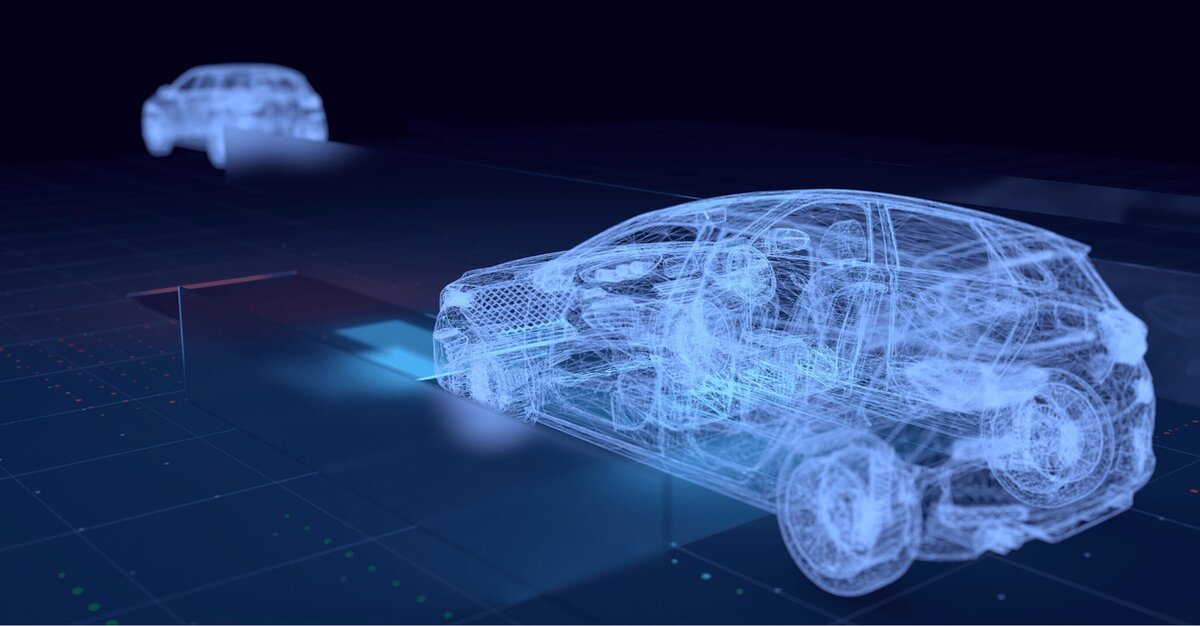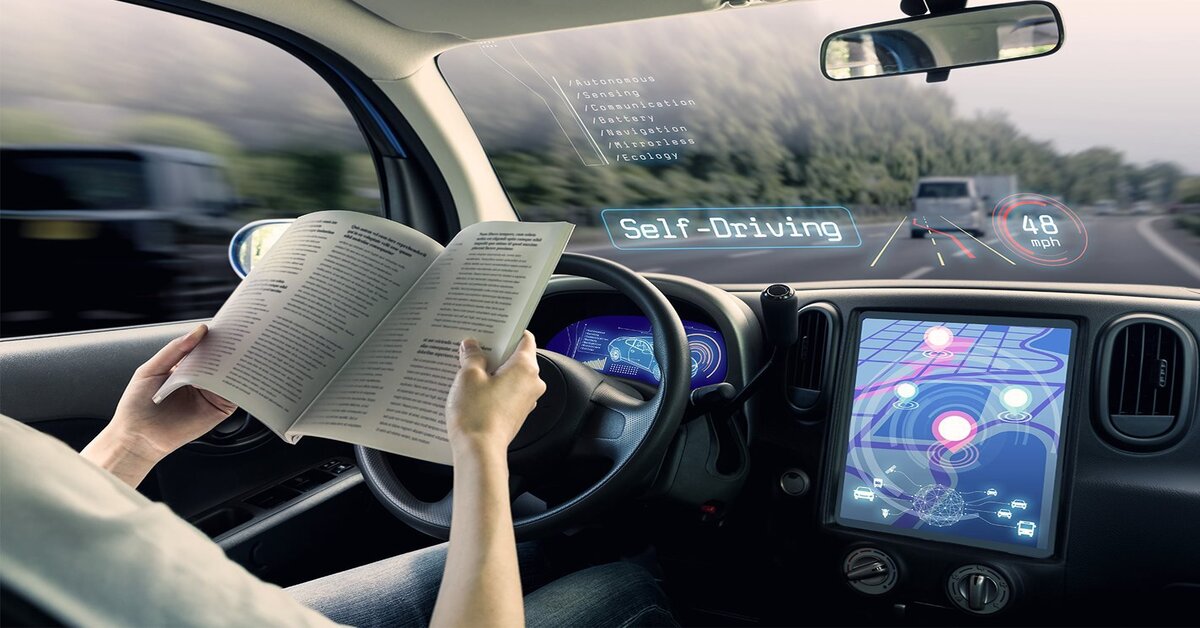In a significant advancement for automotive technology, the MIPI Alliance has introduced the MIPI Camera Security Framework, designed to enhance end-to-end security for automotive applications utilizing the MIPI Camera Serial Interface 2 (CSI-2). This new framework addresses the critical need for safeguarding image sensor data in advanced driver-assistance systems (ADAS) and autonomous driving environments, where the integrity of sensor data is paramount.
Protecting Against Cybersecurity Risks
As vehicles increasingly rely on sophisticated image sensors for navigation and safety, the risks associated with cyber threats grow more pronounced. Potential vulnerabilities include the installation of counterfeit sensor components, unauthorized manipulation of data, and breaches of privacy through illicit access to sensor feeds. Recognizing these challenges, the MIPI Camera Security Framework offers a robust solution, ensuring that automotive systems can operate securely in a connected world.
Comprehensive Security Features
The framework introduces several essential features to protect against these risks:
-
Authentication: Ensures that all system components are legitimate and secure, preventing the use of unauthorized hardware.
-
Data Integrity Protection: Guarantees that the data captured by image sensors remains unaltered during transmission, preserving its authenticity.
-
Data Encryption: Safeguards sensitive data from unauthorized access, providing a critical layer of security as data travels across networks.
Additionally, the MIPI Camera Security Framework offers flexibility by allowing implementers to choose from a range of security protocols, cipher suites, and data integrity tag modes. This adaptability ensures that developers can tailor security measures to the specific requirements of their applications.
Beyond Link Layer Protection
What sets the MIPI Camera Security Framework apart from other security methods is its application-level protection that spans “silicon to silicon.” Unlike traditional link-layer security approaches that focus only on the transmission medium, this framework ensures comprehensive protection from the source of sensor data in the silicon chip to its final destination in system-on-chip (SoC) designs.
This end-to-end security model is vital for maintaining the integrity of data across various network topologies, enabling developers to integrate any combination of bridges, aggregators, and forwarding elements. The result is a highly efficient and flexible solution tailored to the unique demands of each automotive application.
Tailored Security Levels
In recognition of the diverse security needs of different applications, the framework allows for granular control over various segments of the CSI-2 image frame. This “sliding scale” of security levels enables developers to implement tailored security measures based on the sensitivity of the data being transmitted.
A Cornerstone of MIPI Automotive SerDes Solutions
The MIPI Camera Security Framework is a key component of MIPI Automotive SerDes Solutions (MASS), aligning seamlessly with the functional safety services already established by the MIPI Alliance. This comprehensive approach ensures that as automotive technology evolves, so too does the security framework that underpins it.
Conclusion
With the launch of the MIPI Camera Security Framework, the MIPI Alliance is setting a new standard for security in the automotive industry. By providing an adaptable, comprehensive solution that protects against a range of cyber threats, this framework not only enhances the safety of autonomous and assisted driving systems but also reinforces trust in the technologies that drive modern transportation.
As the automotive landscape continues to advance, the MIPI Camera Security Framework represents a pivotal step forward in securing the future of mobility.







